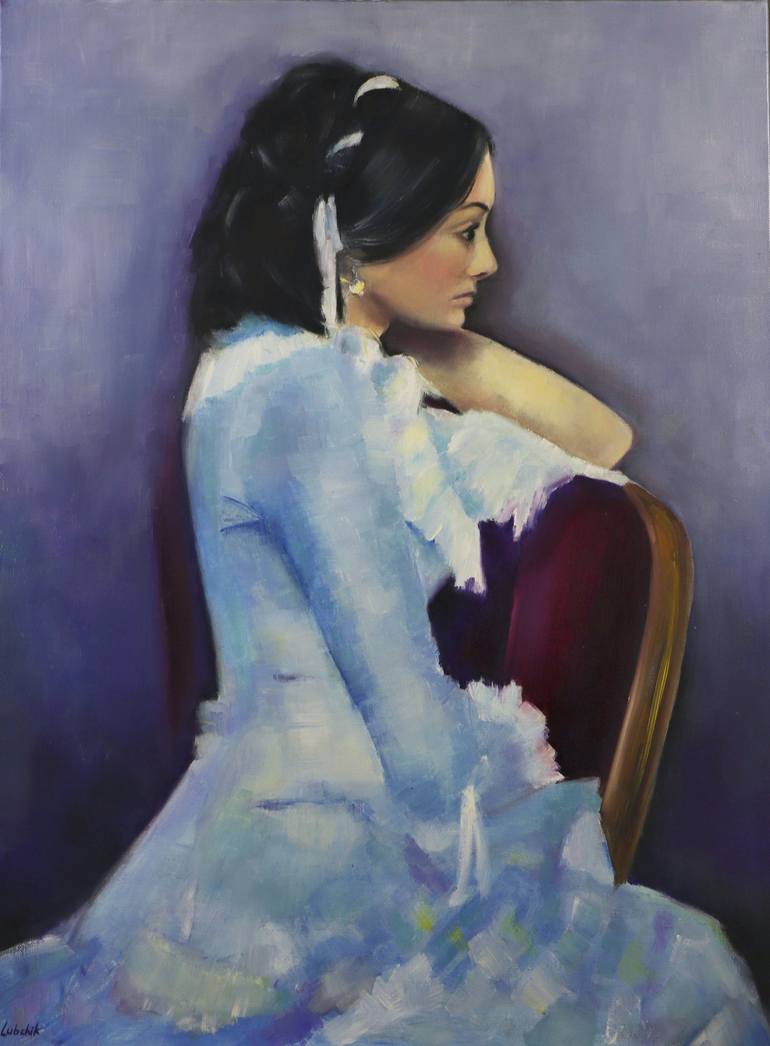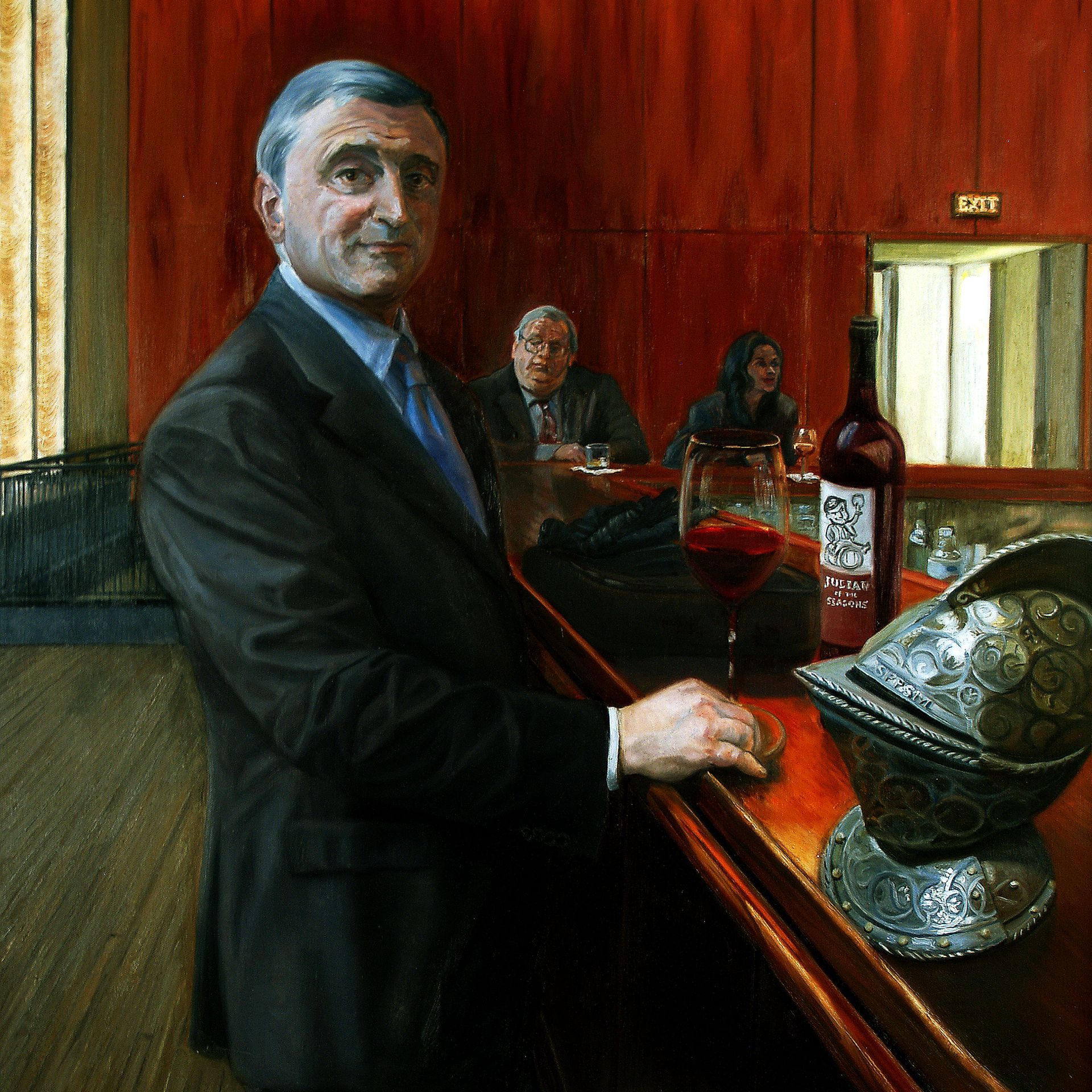Discovering Iconic Artists and Their Impacts on Figurative Oil Painting
Discovering Iconic Artists and Their Impacts on Figurative Oil Painting
Blog Article
The Evolution of Figurative Oil Paint: Comprehending Its Historical Value and Modern Interpretations
The advancement of metaphorical oil paint works as a compelling lens where to check out the interplay between creative expression and historic context. From the careful naturalism of the Renaissance to the emotive power of the Baroque, each period has contributed layers of significance and method to this timeless medium. Contemporary musicians, drawing from this rich heritage, are now reinterpreting the human figure in methods that challenge conventional stories. As we check out these changes, one should take into consideration just how the dialogue between past and present informs not only creative technique however additionally societal representations in an increasingly complex world.
Beginnings of Figurative Oil Paint
The origins of metaphorical oil painting can be mapped back to the very early Renaissance in Europe, particularly in the 15th century. The advancement of oil paint permitted for greater deepness of shade and detail, boosting the realistic look and vibrancy of their work.

In this transformative period, figures were commonly shown within contextually abundant atmospheres, showcasing not only their physical qualities but also their mental states. Pioneers such as Jan van Eyck and Titian used the tool's convenience, utilizing layering methods to attain luminosity and texture. This technology facilitated the portrayal of complex materials and the nuances of complexion, contributing to the growth of portrait and narrative scenes.
Furthermore, the Renaissance focus on humanism promoted a gratitude for distinctiveness, which consequently affected musicians to produce more vibrant and relatable figures - figurative oil painting. Consequently, metaphorical oil painting emerged as an effective automobile for narration and emotional interaction, preparing for future artistic movements and designs
Trick Historic Movements
Significant historical movements have shaped the evolution of metaphorical oil painting, each adding one-of-a-kind approaches and techniques that increased the medium's possibilities. The Renaissance noted an essential minute, highlighting realism and the human kind, with musicians like Leonardo da Vinci and Michelangelo pressing the borders of physiological precision and point of view. Following this, the Baroque age brought remarkable contrasts of light and shadow, exemplified by Caravaggio, who instilled spiritual themes with intense emotionality.
The 19th century introduced Romanticism and Realistic look, where musicians such as Delacroix and Courbet tested classical perfects, concentrating on private expression and daily life. The introduction of Impressionism even more transformed the tool by emphasizing the impacts of light and shade, causing a separation from standard depiction.
In the early 20th century, motions like Expressionism and Cubism redefined figurative painting with abstraction and the expedition of emotional depth. Each of these activities not only showed the societal changes of their times but likewise prepared for contemporary interpretations. The interplay in between these historic movements has produced a rich tapestry of ideologies and designs, influencing contemporary musicians in their search of recording the human experience on canvas.
Methods and Products Development

Throughout the Baroque duration, strategies such as chiaroscuro and sfumato emerged, boosting the emotional vibration of metaphorical structures. Musicians started to explore lusters and impasto, navigate to this site adjusting texture and brightness. By the 19th century, innovations like making use of pre-mixed paints in tubes revolutionized accessibility, permitting musicians to paint en plein air and capture the short lived effects of light.
The 20th century observed the introduction of synthetic pigments and tools, which increased the scheme and modified the consistency of oil paints. Furthermore, the exploration of brand-new application methods, such as combination blades and brushes of varying tightness, additional diversified creative expression. Collectively, these advancements reflect the progressing connection between products, techniques, and the imaginative vision integral in metaphorical oil paint.

Contemporary Analyses
Contemporary interpretations of figurative oil paint show a dynamic dialogue in between practice and development, where musicians challenge established norms and check out varied themes. This evolution manifests in numerous means, as contemporary artists mix classic techniques with modern-day concepts, often addressing social, political, and personal narratives.
Numerous specialists attract inspiration from historic works, yet they instill their items with modern perspectives, using the human type as a lorry for commentary on identification, gender, and society. Artists increasingly try out abstraction, distortion, and multimedias, which permits a broader interpretation of the figure and its context.
Furthermore, using dazzling color combinations and unusual structures typically serves to interfere with typical checking out experiences, provoking critical interaction from audiences. This shift in focus prolongs beyond visual appeals; it reflects a growing awareness of the intricacies of human experience in an interconnected world.
As figurative oil painting proceeds to evolve, it remains an essential medium for exploring the subtleties of modern life, embodying both a respect for heritage and a dedication to progressive idea. The result is a rich tapestry of expression that resonates with the visit here intricacies of the modern human problem.
Effect On Modern Art
The impact of figurative oil painting on contemporary art is profound, as it has actually continually inspired a myriad of imaginative motions and methods throughout the 21st and 20th centuries. From Expressionism to Surrealism and past, the exploration of the human figure has continued to be a main style, enabling musicians to communicate complicated feelings and narratives. This focus on figurative depiction has actually led to a re-examination of traditional techniques, causing cutting-edge techniques that mix realism with abstraction.
Additionally, modern artists have accepted metaphorical oil paint as a method to deal with political and social concerns, using the tool to challenge understandings of sex, identification, and society. The resurgence of interest in metaphorical operate in recent years reflects a yearning for link in a progressively electronic globe, where human experience and feeling are extremely important.
Furthermore, the discussion between figurative oil painting and modern art is obvious in the jobs of artists such as Kehinde Wiley and Jenny Saville, that make use of historical referrals while infusing their items with modern importance. Eventually, figurative oil paint remains to form and redefine modern artistic expression, highlighting its enduring importance in the art globe.
Verdict
The evolution of metaphorical oil paint emphasizes its historical value and adaptability across numerous imaginative activities. From the naturalism of the Renaissance to the emotive expressions of the Baroque and the innovative methods of modernity, this medium has consistently transformed. Contemporary analyses show vibrant shades and unique structures, fostering vital involvement with political and social motifs. Inevitably, figurative oil paint stays an important tool for discovering the human experience, resonating exceptionally in today's digital landscape.
The evolution of figurative oil paint offers as an engaging lens through which to take a look at the interplay between imaginative expression and historic context.Considerable historic motions have formed the evolution of metaphorical oil painting, each adding distinct ideologies and strategies that broadened the tool's possibilities.As historic motions shaped the trajectory of metaphorical oil paint, the materials and techniques utilized by musicians have also undertaken substantial improvements. figurative oil painting.The influence of metaphorical oil painting on modern art is extensive, as it has constantly influenced a myriad of artistic activities and methods throughout the 21st and 20th centuries.The advancement of metaphorical oil painting underscores its historic value and flexibility across different artistic motions
Report this page